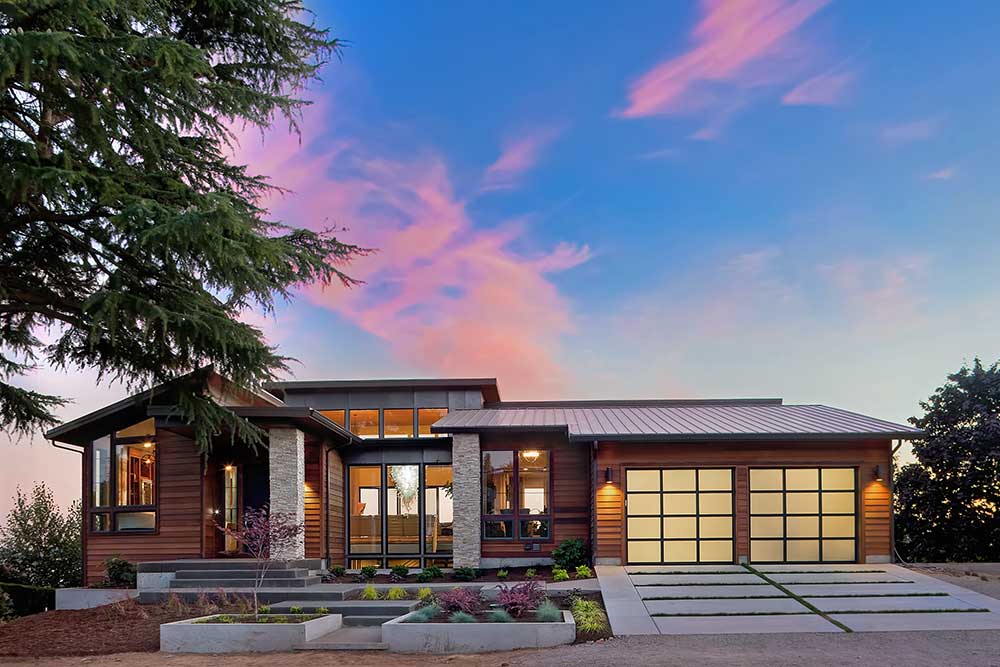You want to start climbing the property ladder. You want to buy your own home. But there’s just one problem: there’s a magic number that you just can’t match.
Don’t have a 20% down payment? Don’t sweat. Regardless of whether you’re a city slicker or a country dweller, a first-time homebuyer or a military veteran, there are plenty of options you can explore.
First, let’s assess your current situation: Are you a first-time homebuyer? Or do you currently own a home? If you’re already a homeowner, you might be in a better position than you realize.
Consider a contingency
You might not have $40,000 lying around to make a 20% down payment on a $200,000 house. But you do have equity in your existing home.
When you sell your home, you can use the equity to pay for the next one. The key is to write an offer that’s contingent on the sale of your current home. This is a common contingency, so your real estate agent will be able to easily include it in your contract.
Because this type of contingency is so popular, the seller shouldn’t balk (unless you’re in a hypercompetitive market).
Underwater on your mortgage or a first-time homebuyer?
1. Apply for an FHA loan
The Federal Housing Administration, or FHA, insures loans for qualified first-time homebuyers. The FHA itself doesn’t actually issue the loan. Rather, a financial institution such as a bank or credit union issues the loan, which is then insured by the FHA. This protects the lender from loss; because the lender carries less risk, it can offer you a loan at a low interest rate with as little as 3.5% down.
However, there are drawbacks or limitations to taking out an FHA loan.
First, you’re qualified to spend only 31% of your gross monthly income on all housing-related expenses, including your mortgage, property taxes, insurance, and any homeowner’s association fees.
This means that if you gross $5,000 per month, you can spend only $1,550 per month on housing. Of course, that’s not entirely a “drawback” — it’ll prevent you from taking out a mortgage you can’t afford.
Second, you’ll be required to pay private mortgage insurance, or PMI, until you reach 20% equity. The rates vary, but as a rough ballpark, expect to pay an additional $40–$50 per month on every $100,000 of mortgage you carry. (This will be lumped into your 31% limitation.)
2. Look to city programs
Many cities offer down payment assistance to residents. For example, a program called Invest Atlanta offers $10,000 to $20,000 in mortgage assistance (in the form of an interest-free second mortgage) to people who buy a home within the greater Atlanta, GA metro area. Likewise, the City of San Francisco, CA will lend first-time homebuyers up to $200,000 to put toward their down payment.
Some of these city programs mandate that you must be a first-time homebuyer; others don’t. Some programs are capped at certain income limits; others aren’t.
Research the city, county, and state programs in your local area to find out the details of what’s available in your neighborhood.
3. Get a VA loan
Qualified military veterans can obtain a mortgage with zero down payment, thanks to a program administered by the Department of Veterans Affairs (VA). Like an FHA loan, a “VA loan” is a federally insured loan that’s issued by a traditional financial institution, like a bank.
VA loans are given to veterans who maintain good credit, meet income requirements, and have a “Certificate of Eligibility” through the VA. These loans don’t require any down payment, and as a bonus, the buyers don’t need to pay PMI either — making them an even better deal than FHA loans.
Furthermore, the VA restricts how much the lender can charge for closing costs, which means you’ll have built-in protection from getting ripped off by ancillary fees.
4. Apply for a USDA loan
Not an urban dweller? You may be able to take out a loan that’s insured by the U.S. Department of Agriculture (USDA). These “USDA loans” are designed to encourage homeownership in rural areas.
To qualify for a USDA loan, your income can’t be more than 115% of the median income within the area in which you reside.
Like the VA loan, USDA loans allow you to purchase a home with zero down payment. However, unlike with the VA loan, you will need to pay monthly PMI.
There are two drawbacks to this loan. First, the USDA approves only certain houses, which means your pool of potential new dwellings will be limited. If you have your heart set on a specific house and it’s not USDA-qualified, you won’t be able to use this loan to buy that particular property.
Second, you’ll be limited to spending no more than 29% of your gross income on all housing-related costs (including PMI), and no more than 41% of your gross income on all of your combined debt payments, including your mortgage, car payments, student loans, and other debts.


